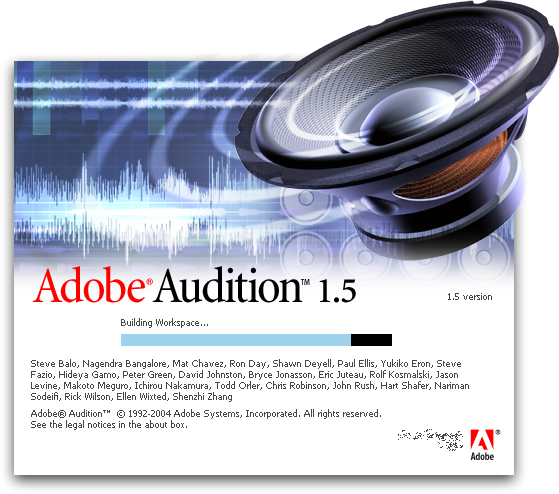
However, you’ll quickly find yourself jumping to one of their other workspace presets-the broadcast workspace is my go-to. The default workspace in Adobe Audition is very easy to use and flexible. You can get started right away using the built-in microphone in your laptop or connect multiple microphones to a mixer.Īudition is ready to work with pretty much any recording setup that you’re likely to encounter. Use Audition to Record Audio FilesĪudition is great for recording voiceovers, vocal performances, and even music. The multitrack editor uses non-destructive editing which means that you can make as many changes as you want with the confidence that you can walk back everything that doesn’t turn out. This editing view allows you to assemble layers of instruments and vocals into a song or edit your podcast guests into one completed episode. The multitrack editor is where you’ll go to mix and rearrange your clips. Mix Audio Clips with the Multitrack Editor View I always recommend creating a backup of an audio file before working with it in the waveform view just in case your destructive editing gets a little too destructive. These are destructive editing tools which means that once you exceed the editing history, your changes are permanent. The waveform view is where you’ll go to do the heavy lifting of your editing work. The waveform editor gives you the most nuanced and powerful tools when it comes to editing and restoring audio files. The Essential Sound panel will also help new audio editors. You can also customize your favorite presets and editing effects to get quick access to your most used tools.

The favorites tab is loaded with some of the most useful effects in Audition.


This is, no pun intended, my favorite feature in this DAW. The first feature I want to talk about in Adobe Audition is the favorites tab. Features Powerful Audio Editing from the Favorites Tab


 0 kommentar(er)
0 kommentar(er)
